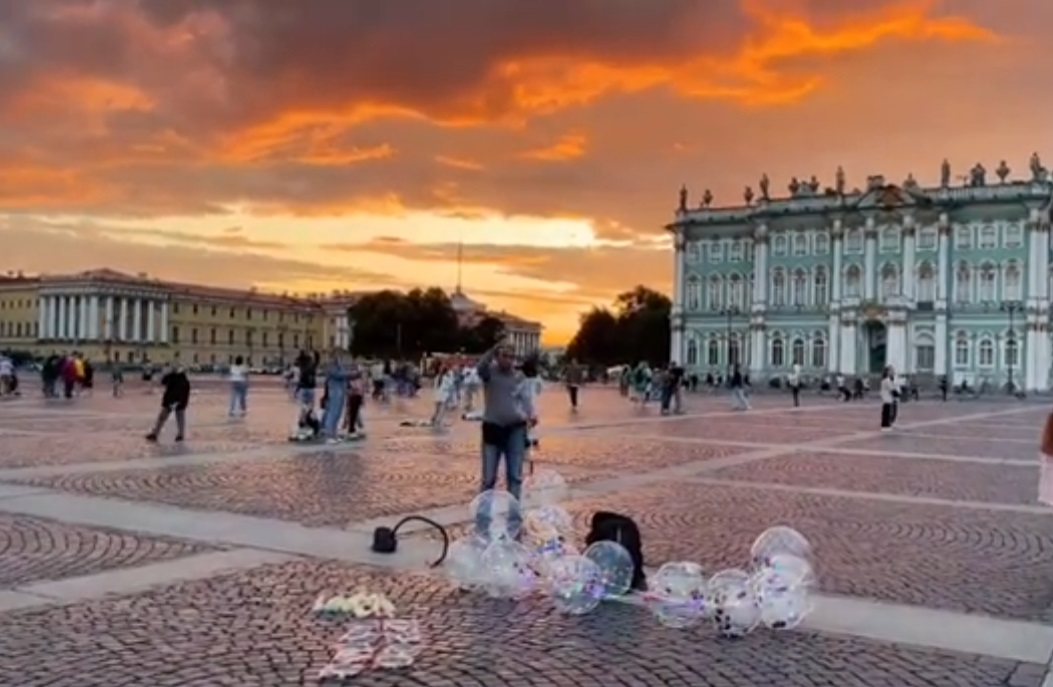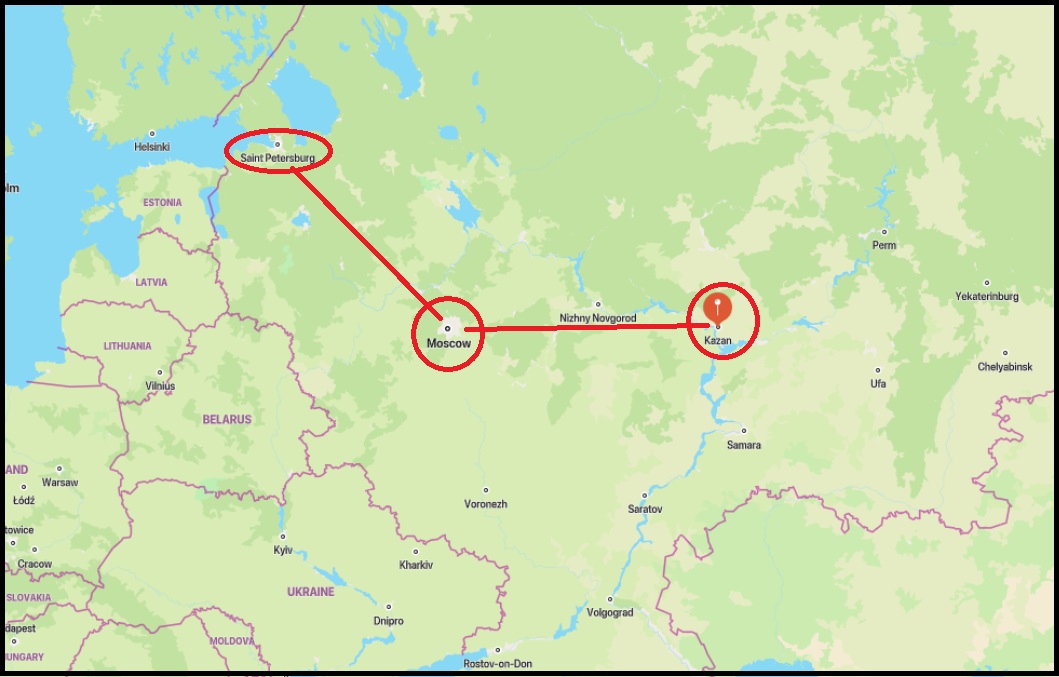Western Sanctions Not Impacting Russian Economy as Much as Expected
I have been researching the MACRO economic dynamic in Russia quite deeply for the past six months. Essentially looking to discover not only what impact the western imposed sanctions might be having, but more broadly looking to see what happens to self-sustainability when essentially locked out from the world of commercial imports.
The research is fascinating, not simply because it is a unique opportunity, but also because national economic issues play a big role in the overall social dynamic. That said, I can say the social aspect is stunningly more interesting than the data driven outcomes. When you really dig deep into actual life of the ordinary people in Russia, far away from the geopolitical contexts, you get an entirely different perspective. My worldview of the average Russian person/family has completely changed.
There is a really good thread on how the western sanctions against Russia are having a much lesser impact than initially thought [SEE HERE]. On the economic side, one thing I would point to is how the economy is essentially an outcome of two facets: (1) the internal production strength, and (2) the service side of the ledger.
[READ HERE]
The author makes the accurate point that from a production side perspective, Russia actually has a larger economy now than Germany, the largest EU nation. The cause for this is “autarchy” or self-sufficiency. Indeed, as the timeline of the sanctions closes in on the second year completing, the Russian production economy is even stronger than when the sanctions began. Quite simply, they are making even more of their own goods now.
The sanctions hit what would typically fall into the service side of the economy, as well as financial and economic roadblocks. However, that aspect of the Russian economy was much smaller than most suspected and there were sanctions going back to 2014 which made the outcome of the 2022 western imposed restrictions less impactful.
I will be finishing my review of the economic data once Q3 is over, that will give me an entire year of data to share. However, the social stuff is even more fascinating.
I have a new understanding of why former NSA contractor Edward Snowden was so comfortable using Russia as the place to hide after his release of classified intelligence showing how the U.S. government was spying on Americans via social media and metadata collection.
I have mostly been looking at three areas in Eastern Russia. Kazan, Moscow and St Petersburg (formerly Leningrad). Of the three generally large metropolitan areas, St Petersburg is by far the most interesting. It’s beautiful there and the city is alive and vibrant.
In many ways you might compare Russia in 2023 to the USA in/around 1988. Life is just not complicated and far more socially engaged.
I’ll have more on this later, but if you are ever bored check out the Russian YouTubers who livestream broadcast of a day-in-the-life type of activity. The infrastructure is in generally good repair, the people seem warm and friendly and there is a strong social value placed on family and kids.
There are certainly negatives and the cultural dynamic of the former USSR is still evident. Technologically they are somewhat behind in some details, but the overall cohesion of their value system is something I did not fully appreciate until I started down this road of research.
I can see why the average Russian could be wide-eyed during a visit to the USA and fascinated with the overall quality of life that might be considered indulgent. However, I can also see how reciprocally the average American could be wide-eyed and smiling at the overall sense of the Russian people.
Strip out the politics, and we are all much more similar than we are not alike.






Post a Comment